33+ Sample Property Lease Proposal
-
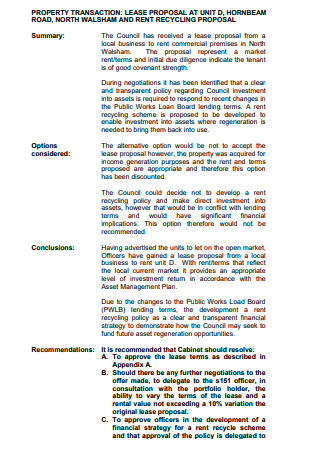
Property Transaction Lease Proposal
download now -
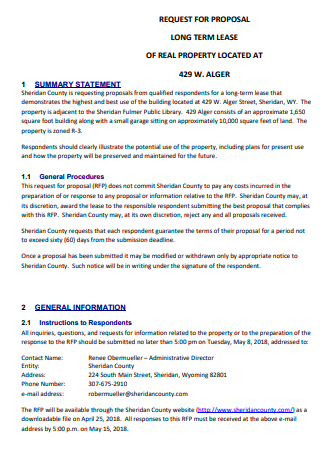
Real Property Long Term Lease Proposal
download now -
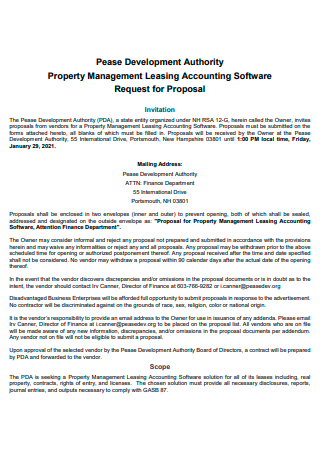
Property Management Leasing Accounting Software Proposal
download now -

Property Lease Proposal in PDF
download now -
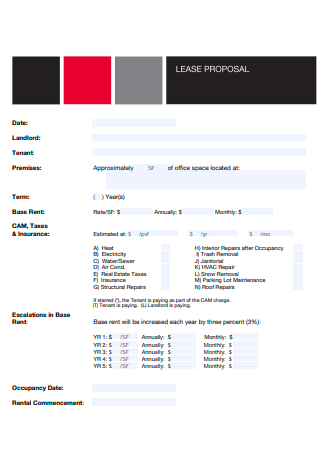
Basic Property Lease Proposal
download now -
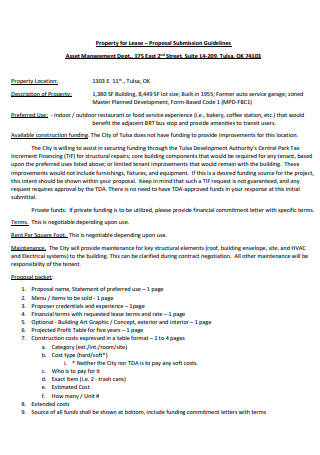
Property Lease Proposal Submission
download now -
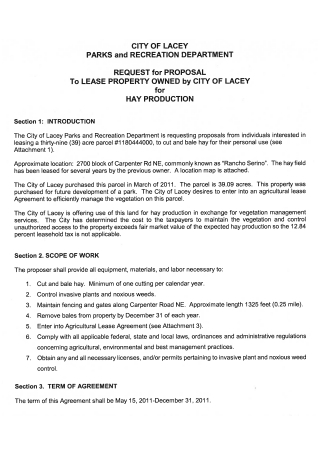
Property Owned Lease Proposal
download now -
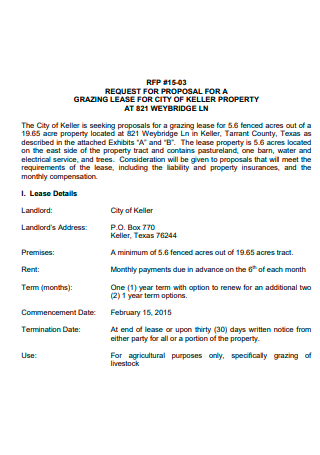
Property Lease Proposal Example
download now -
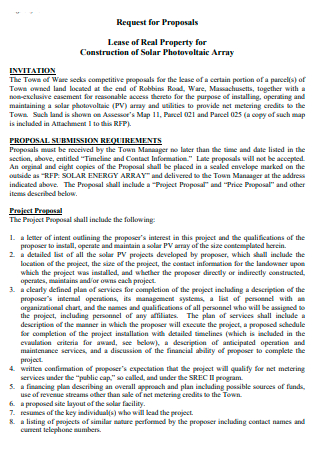
Real Property For Construction Lease Proposal
download now -
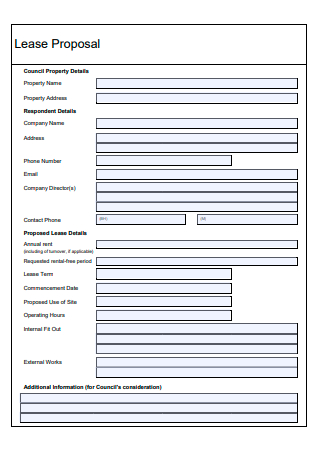
Formal Property Lease Proposal
download now -
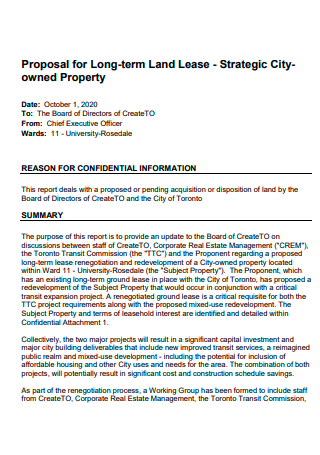
Owned Property Long-Term Land Lease Proposal
download now -
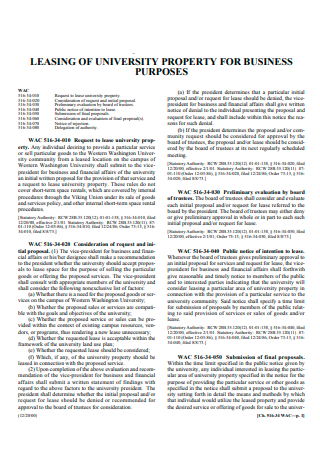
Property For Business Leasing Proposal
download now -

Standard Property Lease Proposal
download now -
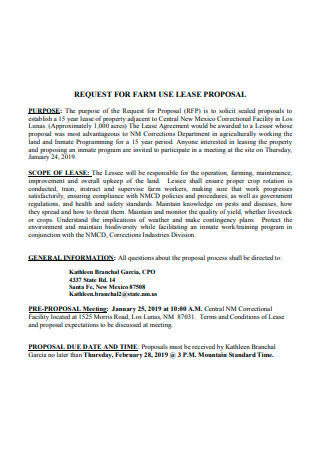
Property Farm Use Lease Proposal
download now -
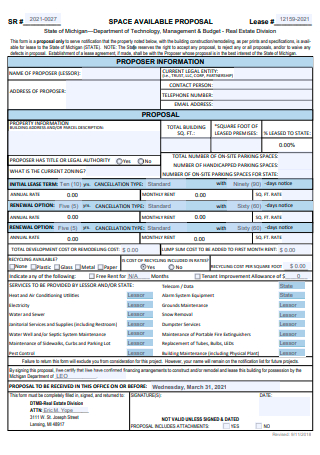
Sample Property Lease Proposal
download now -
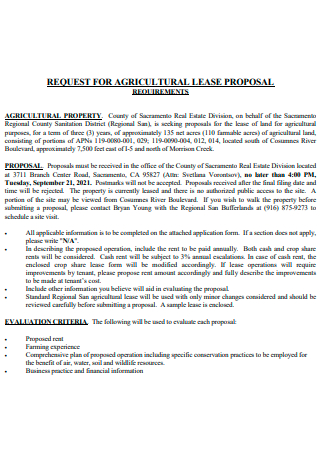
Agricultural Property Lease Proposal
download now -
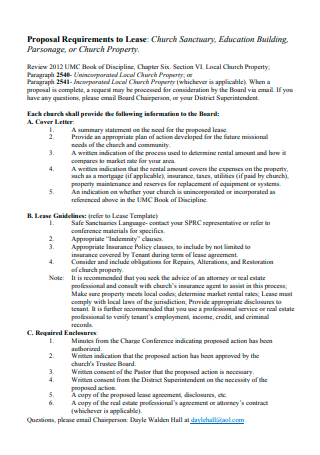
Church Property Lease Proposal
download now -
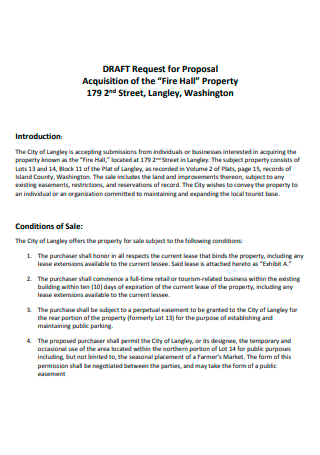
Draft Property Lease Proposal
download now -
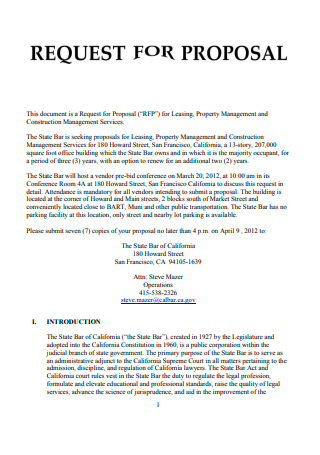
Simple Property Leasing Proposal
download now -
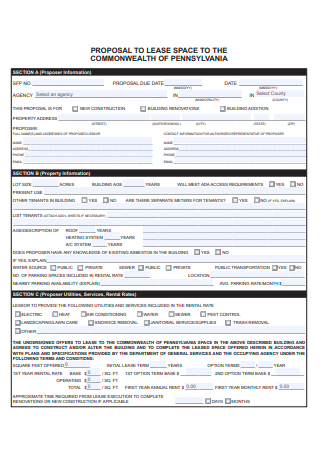
Property Lease Space Proposal
download now -
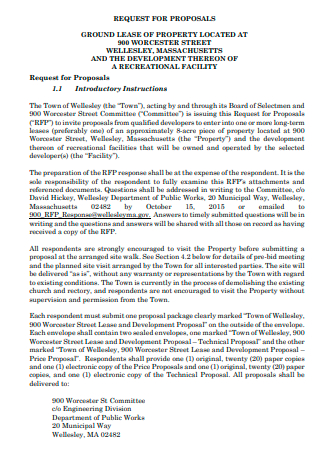
Property Ground Lease Proposal
download now -
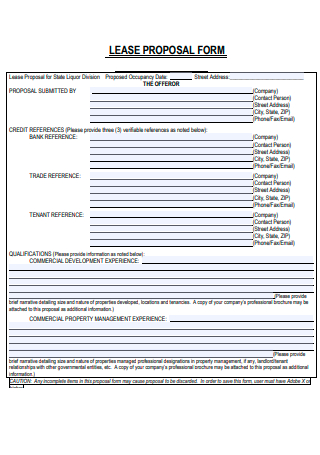
Property Lease Proposal Form
download now -
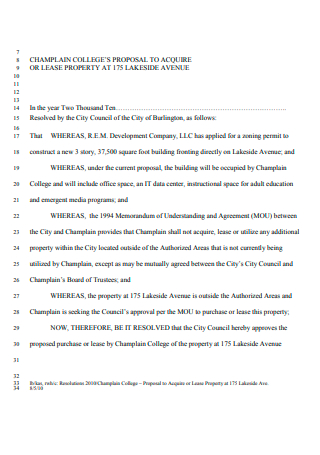
Printable Property Lease Proposal
download now -
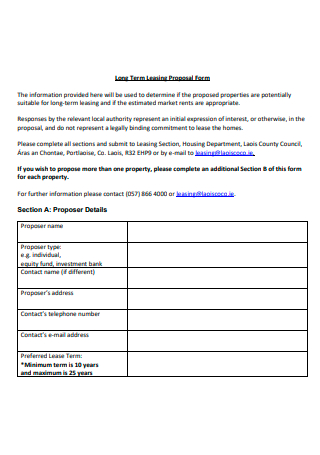
Property Long Term Leasing Proposal Form
download now -
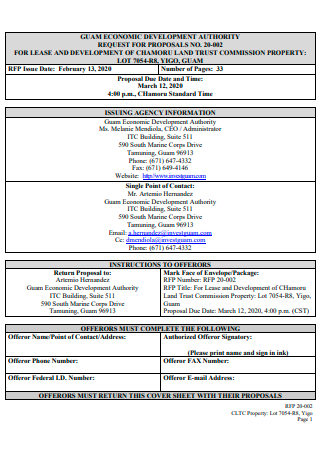
Land Trust Commission Property Lease Proposal
download now -

Property Lease of Vacant Land Proposal
download now -

Property Management and Leasing Services Proposal
download now -
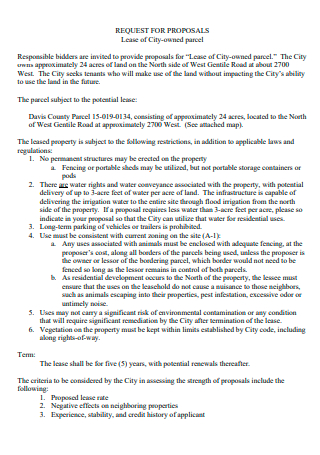
Property Lease of Owned Parcel Proposal
download now -
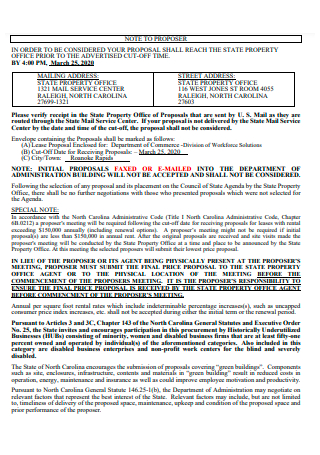
Property Lease Proposal Format
download now -
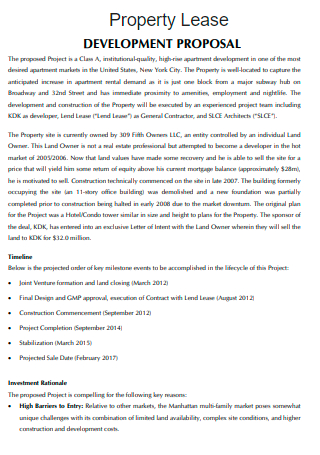
Property Lease Development Proposal
download now -
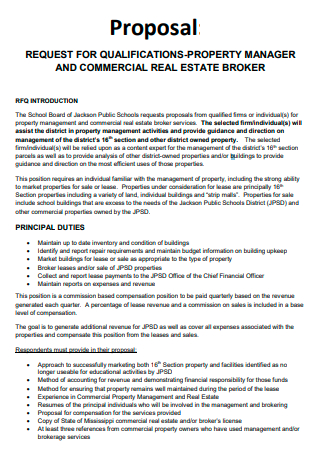
Property Manager and Real Estate Lease Proposal
download now -
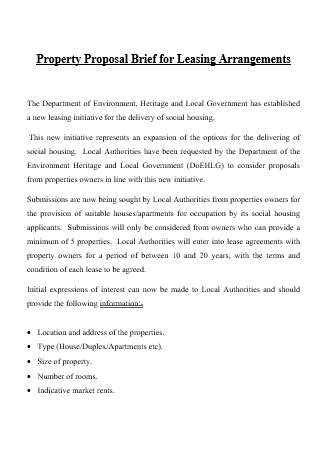
Property Leasing Arrangements Proposal
download now -
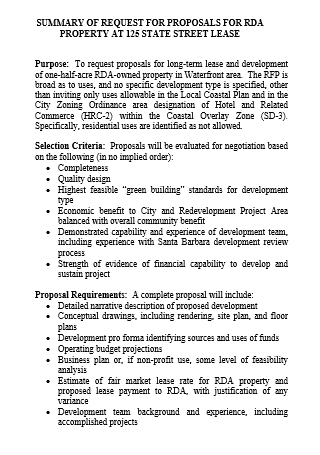
Property Street Lease Proposal
download now -
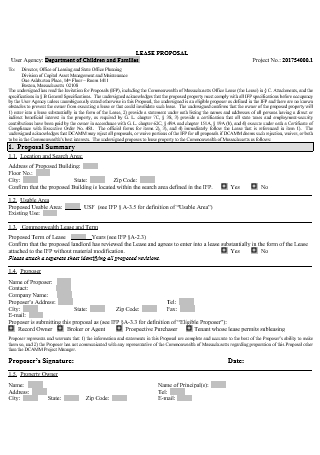
Property Lease Proposal in DOC
download now
FREE Property Lease Proposal s to Download
33+ Sample Property Lease Proposal
What Is a Property Lease Proposal?
Elements to Prepare An Offer or Counter Offer Letter
Tips for Efficient Property Management
How to Write a Property Lease Proposal
FAQs
Is it important to prepare a formal lease proposal?
Is a Lease Offer legally binding?
What follows after the property lease proposal process?
What Is a Property Lease Proposal?
A lease proposal is a document that lays out the proposed terms and conditions for leasing the property. The proposal will include information regarding the rented space as well as the basic leasing terms that the tenant and landlord must adhere to. A proposal to lease property is frequently the first step in the commercial tenancy process, and it can be used to lay the groundwork for other forms of agreements or documents by stating certain preliminary rental terms such as the rent price and the lease term’s start date. If you need additional assistance with the format, then check out the available property lease proposal template.
Elements to Prepare An Offer or Counter Offer Letter
Even if you operate a sole proprietorship, your counteroffer should come from your company, not from you personally. You are requesting changing conditions that are more favorable to you, and you want the landlord to think of you and your company as a good fit. Counteroffers are used in the home buying and selling process when a buyer makes an offer on a home and the seller wants to make modifications to it to meet their selling goals. This curated list will remind you of the tips and tricks on preparing a counteroffer document.
Tips for Efficient Property Management
Dealing with tenant difficulties, as well as negotiating contracts for waste pickup, groundskeeping, and janitorial services, are all part of property management. Property management ensures that everything runs well at all times of the day and night. Certain issues, on the other hand, can happen. Consider the following property management tips and tactics from the curated list in this article to help you deal with and prepare for a variety of challenges and scenarios.
How to Write a Property Lease Proposal
A proposal letter for rental space is a document that lays out the proposed terms and conditions for leasing the property. The proposal will include information regarding the rented space as well as the basic leasing terms that the tenant and landlord must adhere to. The paper is written as a temporary lease document by the landlord or building owner. When creating a lease proposal, make sure to include all of the legal implications of a property rental contract. To ensure you did not leave out any relevant information, check out the available commercial property lease proposal template available.
Step 1: Prepare a Cover Page
Give the paper a general or specific title, followed by the property number or solicitation number found on the property listing. Include a date to let the landlord know which property you’re interested in. Often as the renter, you will need to submit a cover letter to deliver to the property owner. The important thing is that both the identities of the property owner and property renter are specified and mentioned in this document.
Step 2: Specify Lease Details
This section is where you will need to include the name of the building, physical address, city, state, and ZIP code in the description of the premises for which you are preparing the property lease proposal. Include the number of stories in the building, the general use of the leased space, and the age of the structure. Make sure to include all this information in the document so that it can’t be used against you if the situation turns out worse than expected.
Step 3: Include Specific Inclusions
Provide information about the sort of space being leased. A description of the floor plan, the total square feet of rented space, and the rental charge per square foot are all examples of this. This section will demonstrate how the rent is divided into square-foot fees. Include any storage space or garage, but place it on its part so that individuals without cars can hire it without having to pay for parking.
Step 4: Rental Cost
Calculate the total rental fee per month using the sum of the square feet shown in the previous step, and break it down for the property owner or property renter. If you are unfamiliar with the pricing process, then you can seek out the assistance of a more experienced individual in the industry. The rental fee will be subject to standard state taxes. Provide details about any included parking or storage spaces, as well as the number of parking spaces per person in the rented apartment. Indicate whether parking spaces are exclusively available by paying a meter or paying parking fees to the local authority.
Step 5: Changes in the Proposal
This situation only applies to renters who bring up a proposal to renew their property lease. Distinguish between the first lease agreement and the renewal option agreements if there are any. For example, the tenant’s rent may be increased somewhat, or the rental arrangement may be changed from an annual to a month-to-month agreement.
FAQs
Is it important to prepare a formal lease proposal?
For a legal tenancy to take place, a formal property lease proposal is recommended. Although an offer to lease can include certain lease terms, a formal lease document must cover other criteria and obligations. Eviction, late payments, and maintenance and cleaning responsibilities, for example, are not usually covered in a lease proposal. A tenant and landlord shouldn’t get into a tenancy arrangement without first completing a full, detailed lease that spells out their obligations and responsibilities. If any terms are omitted or unclear, it may result in a disagreement between the parties.
Is a Lease Offer legally binding?
An Offer to Lease that outlines the key aspects of a future Lease Agreement may be considered binding. This means that if both the prospective renter and the landlord agree on and accept certain terms, both parties are likely to be legally obligated by the agreements. Those terms will appear in the formal Lease Agreement in the same way. If the parties wish the offer to be non-binding, they must express their desire unambiguously. It’s best if you don’t include any lease-related information in the document. Think of such information when preparing a commercial property lease proposal.
What follows after the property lease proposal process?
Before the renter moves into a new apartment, they can sign the lease in person or online. If the landlord or property manager is present when they sign the lease, they should go through all of the relevant terms with them. Make sure they have all of their questions answered and that both parties understand all of the terms of the lease. If they sign the rental lease online using electronic signatures, it is their responsibility to read the entire agreement and ensure that everyone understands everything.
You have reached the end of the article which indicates you have learned what you need to know in preparing for a property lease proposal letter. If you are still confused about the process of writing the document, then you can feel at ease because this site has various examples that you can use as an additional references. Furthermore, if you are pressed for time, then all the more reason you should utilize the template prepared for you in this article. With that being said, having the templates and examples ready will help you to focus on more important matters.
